Environmental Disaster Briefing
This section provides a brief overview of key things to consider when you will be reporting in a space of environmental disaster. This could include major storms (tornadoes, hurricanes, flooding), earthquakes, wildfires or building collapse, among other weather-related or structural damage.
The following Top Tips, Gear List and Resources represent a brief introduction to these safety concerns for reporting in disaster zones. The information and resources are not comprehensive nor do they offer sufficient preparation for any war or conflict zone. We encourage you to review the more expansive list of resources in the keyword-searchable J-SOS Safety Resource Database.
Environmental Top Tips
Updating Records
Environmental Disaster Gear Checklist
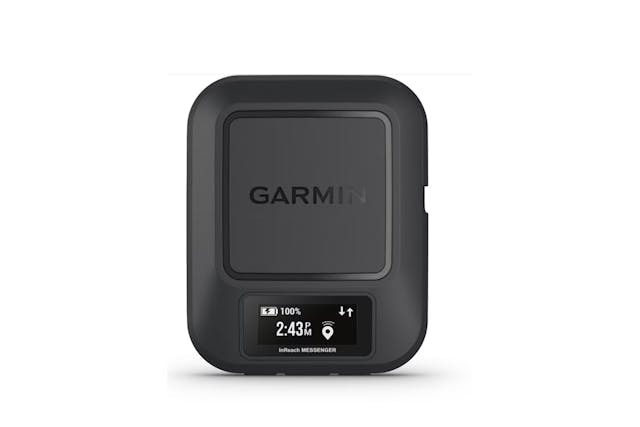
Garmin In-Reach Messenger
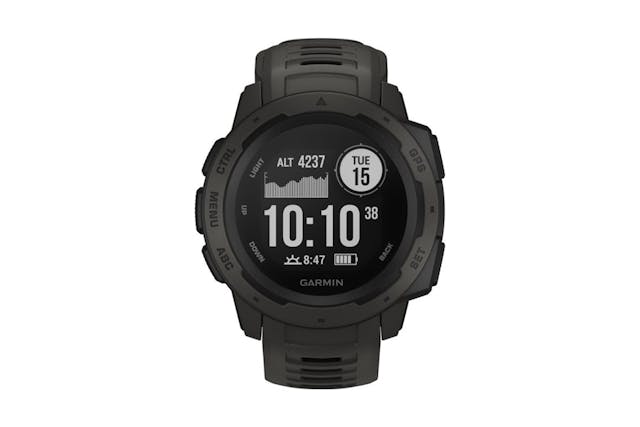
GPS-enabled watch
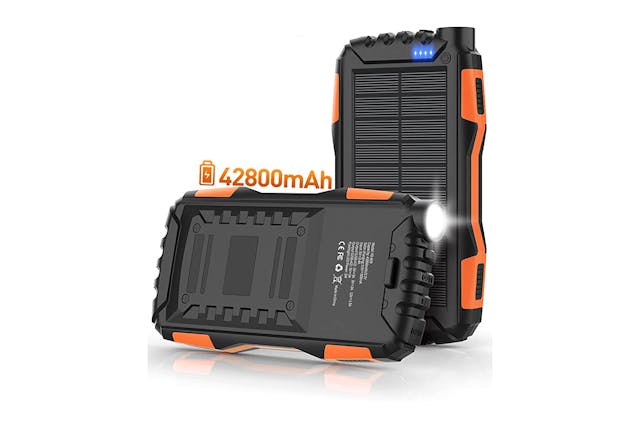
Solar-powered charger
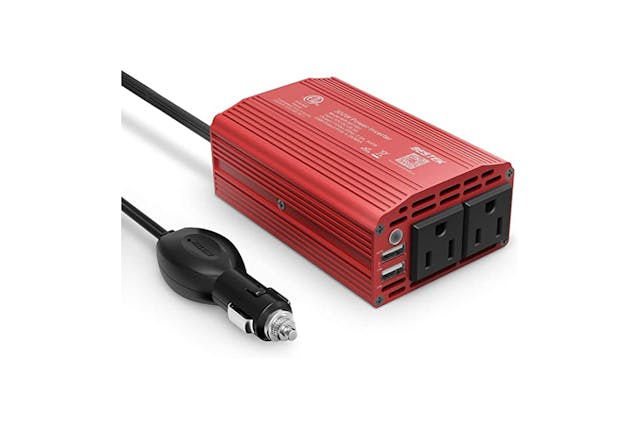
Car power inverter
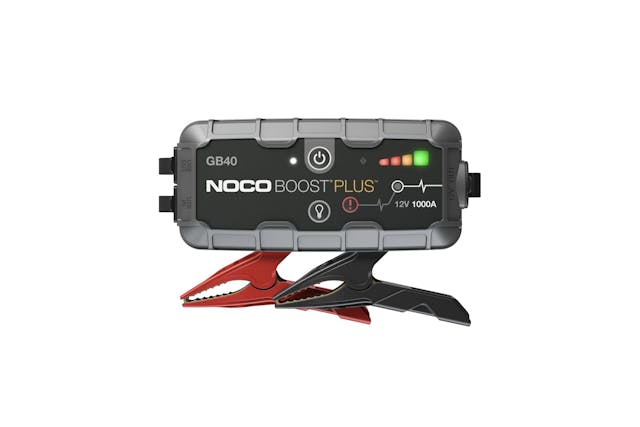
portable jump starter
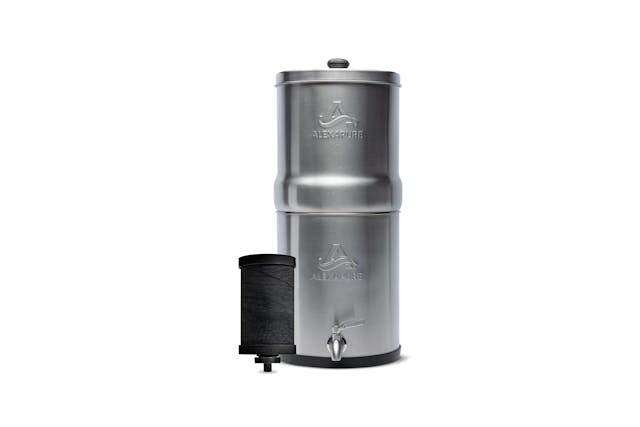
Water filter
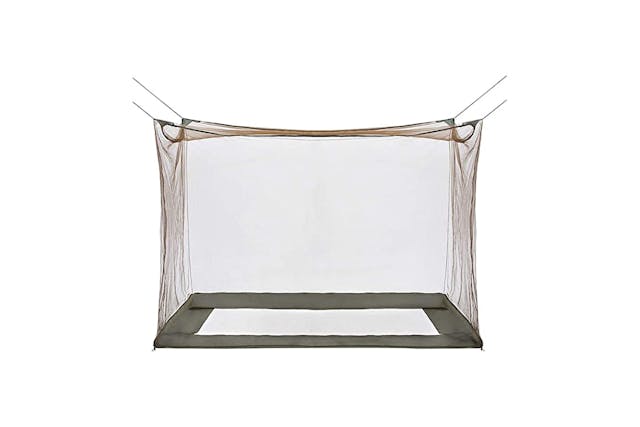
Mosquito repellent and net
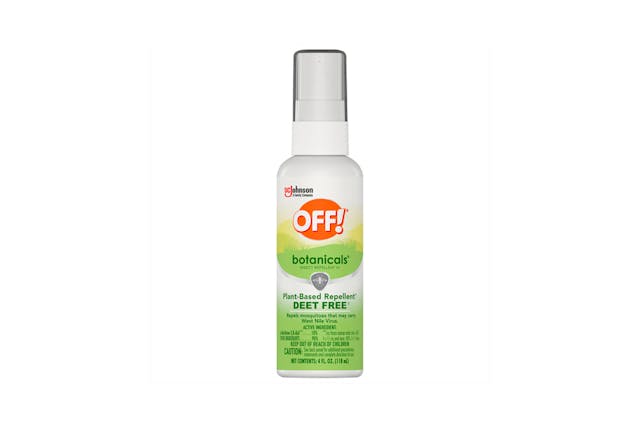
Spray bug repellent
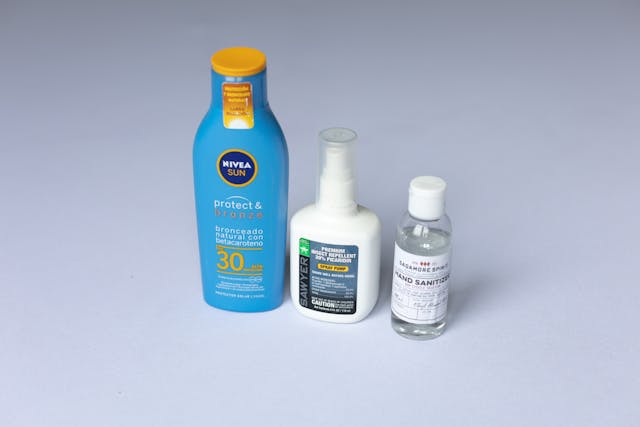
Sunscreen
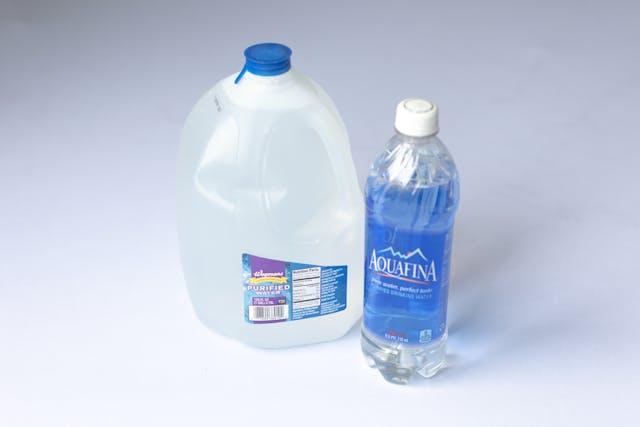
Water and snacks
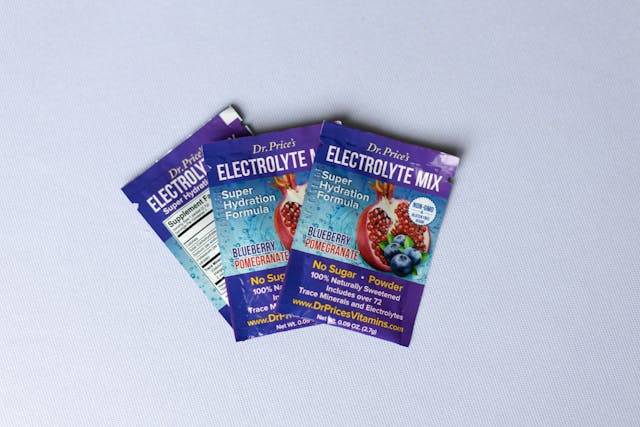
Electrolyte tablets
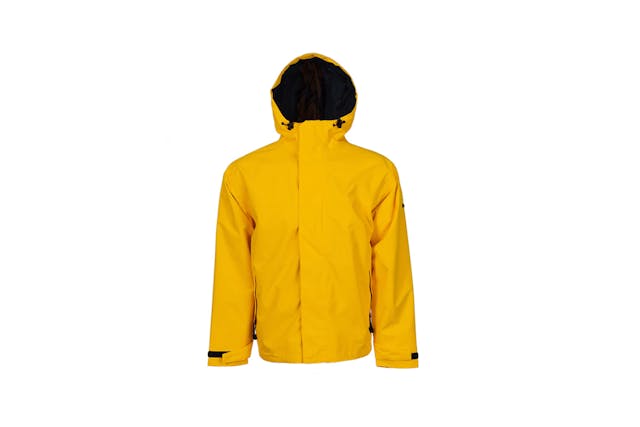
Rain jacket
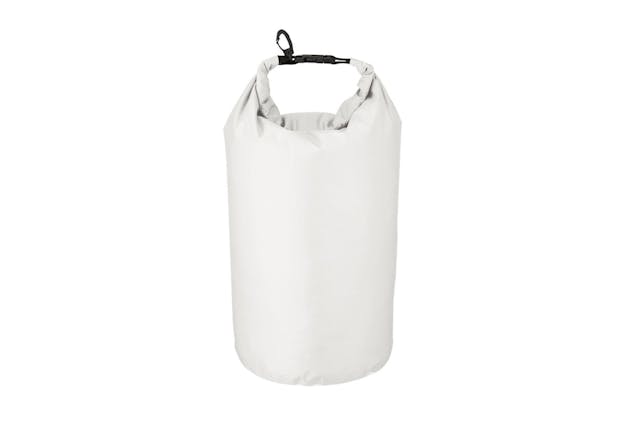
Dry bag
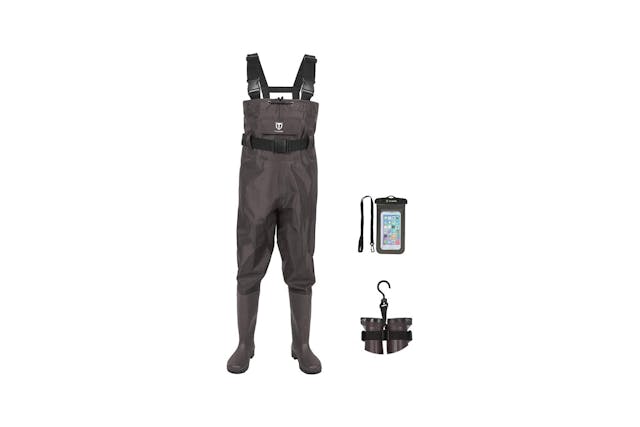
Waders
- TOOLS
- Satellite tracker
- GPS-enabled watch
- Solar-powered charger
- Extra cables for phone and laptop
- Car power inverter: allows you to power devices from your car as long as you have gas
- Gas tanks: metal ones are better than plastic
- Flat tire kit and portable jump starter
- Water filter and/or iodine tablets
- Mosquito repellent and net
- Spray bug repellent (aim for non-toxic)
- Sunscreen (try for reef safe)
- Water and snacks that don't require refrigeration: Find what works for your diet that gives you a lot of calories to sustain yourself if you don't have access to a hot meal.
- Electrolyte tablets or powder to add to water: It’s easy to get dehydrated while working long days in the middle of a crisis
- A small cooler to keep cold water and ice available
- Rain jacket
- Dry bag
- Rain boots: Get high quality ones that can be worn all day without hurting your feet but keep in mind they only work for very low flooding. Boots can be more dangerous in high water because they can fill up and make it hard to walk. (Waders are preferable.) Thick socks
- Waders so you can go into chest deep water while also keeping your body safe from exposure to anything in the water.
- First Aid Kit that includes
- Preventive antibiotics in case of a cut or other bacterial exposure
- Antihistamines for allergies (for yourself and others in an emergency)
- Activated charcoal: helpful if you get sick from something you eat
- Anti-diarrheal meds
- Dramamine in the event of motion sickness
Disaster Scenario
You are a Dominican freelance photojournalist who has been assigned to cover the approach of a potentially devastating hurricane in Haiti by a major newspaper who is a frequent client of yours. This is your first time covering an environmental disaster but your proximity makes you an ideal reporter for the job. You will travel to the expected eye of the hurricane two days before landfall and will remain for several days after if it has an impact as big as expected.
- What kind of logistical and material support might you need to request from the client? (gear, trackers, communication/check-in plan, etc.)
- How can you find a team to work with? Can you work with another journalist or other collaborator who has expertise in this kind of environmental disaster?
- What does transport look like to and from and within the areas you’ll be working? Do you have the ability to get in and out of the country quickly? * See travel briefing for more details on this
- How are you engaging the people who are experiencing this disaster i.e. how can you be conscientious about not getting in the way of logistical support for impacted people or take away from existing resources needed by the most vulnerable while also doing your job of reporting?
- Are there language barriers? Cultural barriers? (consider the history and ongoing resource/privilege differences between Haiti/DR)
- What material resources or gear do you have access to and will you need to potentially replenish during your stay? *See Disaster Gear List and Go Bag List for more details
